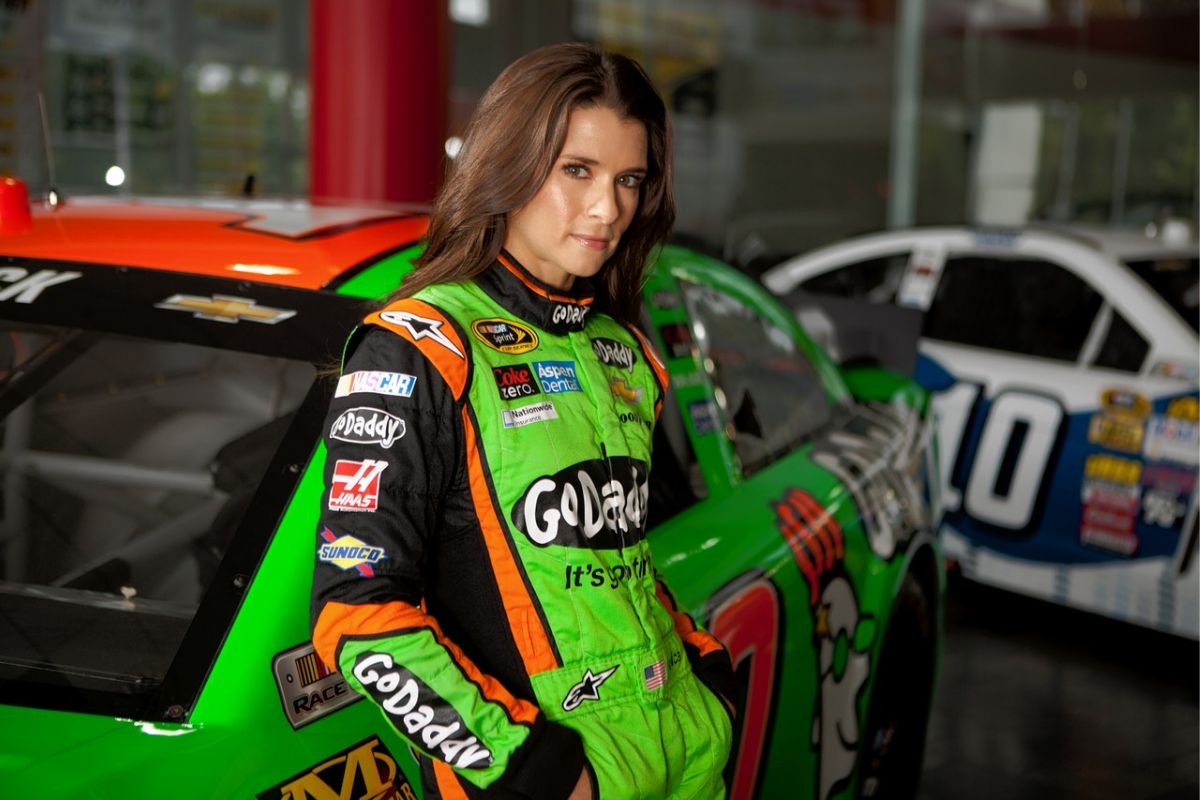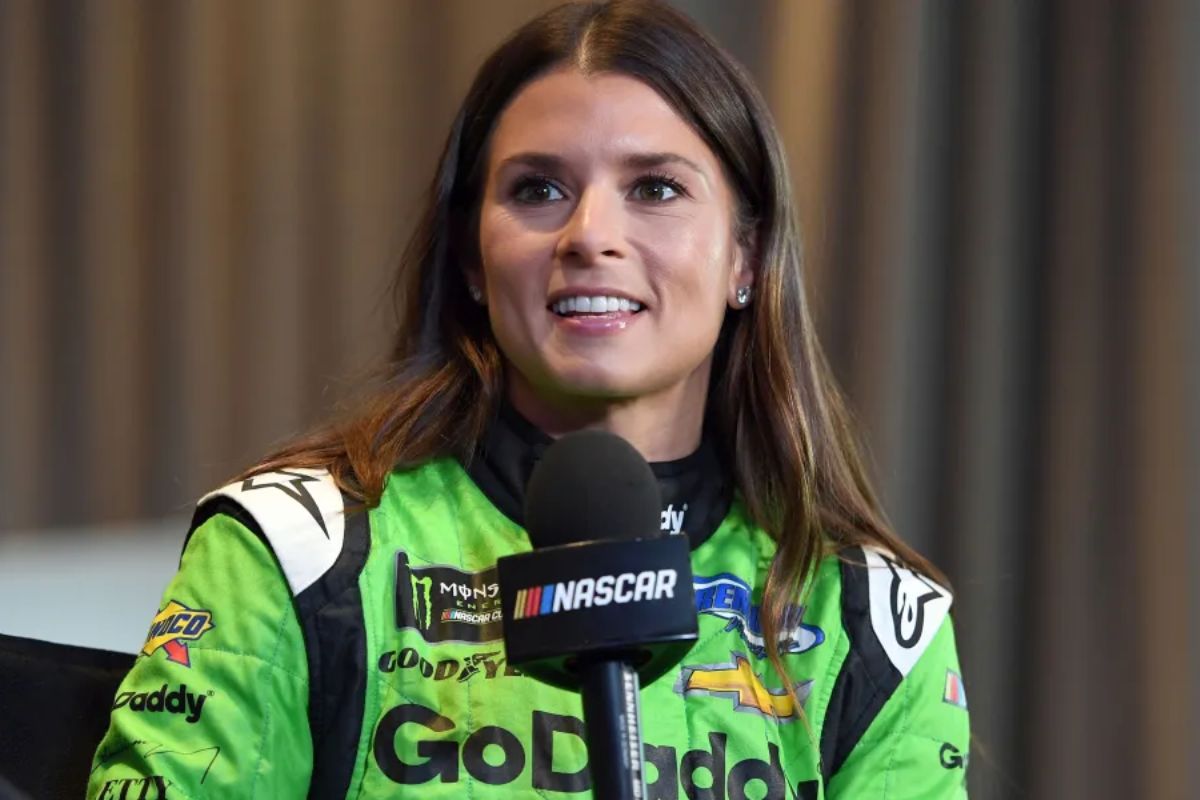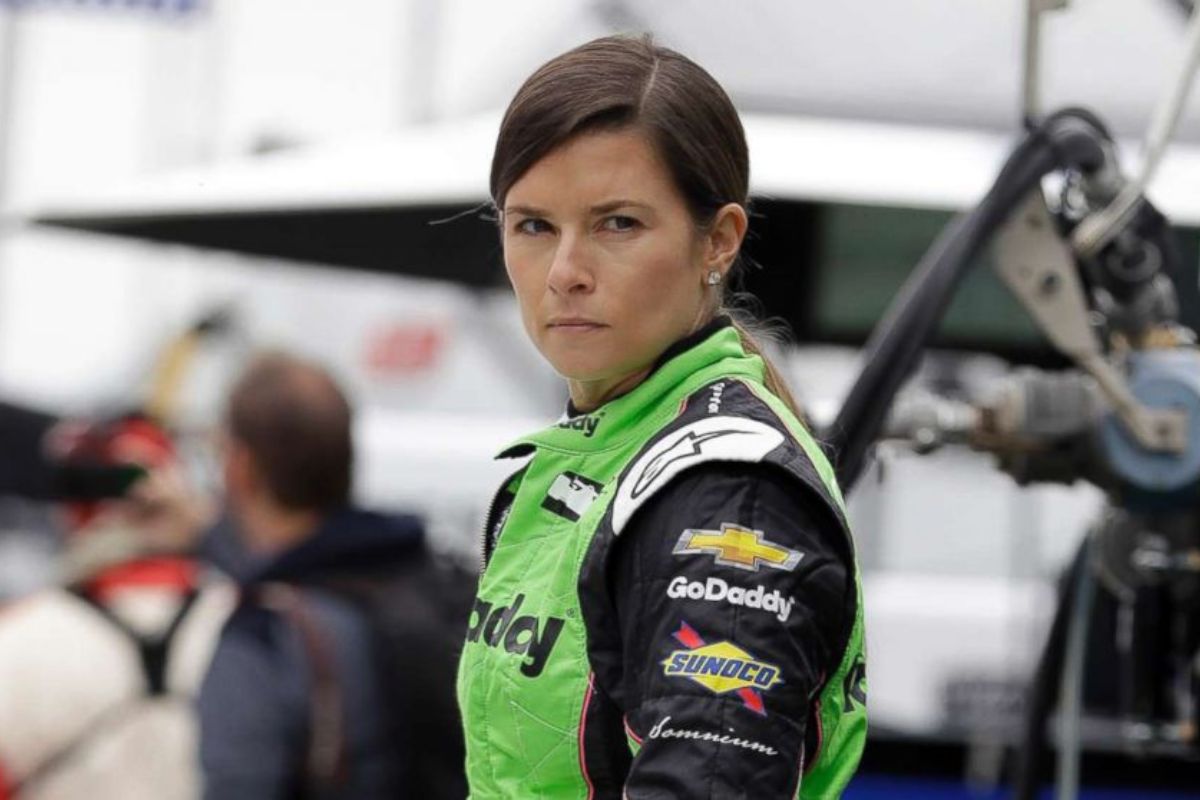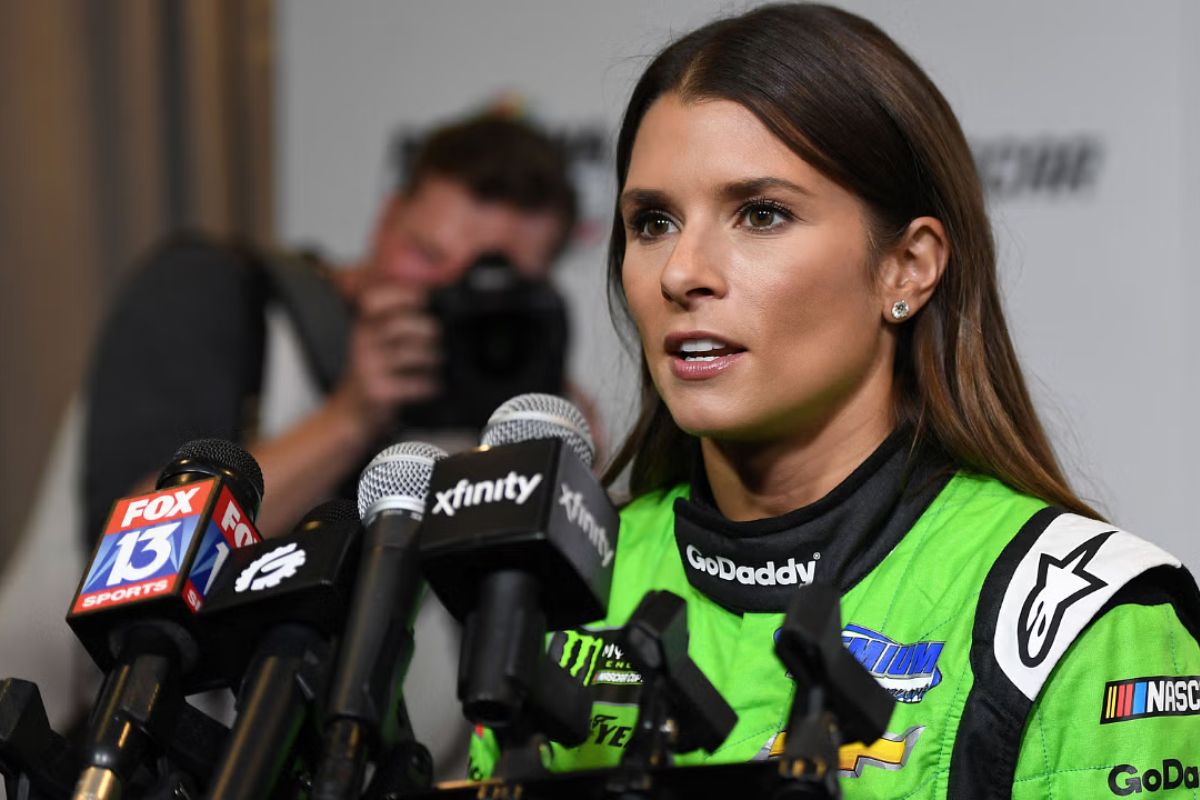Danica Patrick Slams NASCAR’s Lengthy Races: Danica Patrick’s evaluation of NASCAR’s extended races contrasted with Formula 1’s concise competitions. This challenges traditional notions of motorsport engagement. By emphasizing F1’s global prestige and strategic race durations, she underscores the harmony between viewer engagement and sporting tradition. With NASCAR races often exceeding four hours, juxtaposed against F1’s approximately two-hour events, Patrick’s criticism reflects broader discussions on audience retention and the evolving landscape of motorsports. This discussion prompts a reconsideration of race formats, suggesting that the motorsport industry may need to adapt to contemporary viewing preferences to sustain and expand its audience base. For enthusiasts and newcomers, this dialogue opens up avenues for further exploration into how motorsports can continue captivating fans worldwide.
Key Takeaways
- Danica Patrick contrasts Formula 1’s 2-hour races with NASCAR’s longer durations, suggesting a preference for F1’s concise format.
- She highlights Formula 1’s global appeal and diverse race locations, implying a broader, more prestigious platform than NASCAR.
- Patrick points to the strategic depth and audience engagement in F1, hinting at its superiority in captivating fans.
- The discussion includes potential benefits of shortening NASCAR races, such as fitting modern attention spans and enhancing viewer experience.
- Despite NASCAR’s identity with endurance racing, Patrick’s commentary suggests exploring shorter formats could innovate and attract a global audience.
Comparing NASCAR to Formula 1: A Growing Debate
As the documentary ‘NASCAR: Full Speed’ propels the motorsport conversation into the mainstream, the comparison between NASCAR and Formula 1 has evolved into a significant and contentious debate among enthusiasts and professionals. The discourse transcends mere preference, plunging deep into the intricacies that define each motorsport’s identity, appeal, and global impact. Observers note that the dialogue has been enriched by contributions from veterans like Kenny Wallace and Danica Patrick, who bring a wealth of experience and new perspectives to the table.
The crux of the debate often centers around the distinct cultural, technical, and operational dimensions that distinguish NASCAR from Formula 1. For instance, NASCAR’s appeal in the United States is contrasted with Formula 1’s global allure, highlighting divergent fan bases and market penetration strategies. The conversation also explores the technical disparities, with NASCAR’s stock car racing approach fostering a different set of skills and strategies compared to Formula 1’s emphasis on engineering excellence and aerodynamic innovation.
Moreover, operational aspects such as race formats, season structures, and commercial models are scrutinized to understand their impact on the sports’ sustainability and growth trajectories. This in-depth discourse is not just about comparing lap times or championship titles; it’s a thorough examination of how each motorsport shapes its narrative, engages with its audience, and adapts to the evolving sports entertainment landscape.
Ultimately, the debate shows a broader quest for mastery in understanding the multifaceted world of motorsports, challenging enthusiasts and professionals to appreciate the unique value propositions of NASCAR and Formula 1.

Danica Patrick’s Insights: F1’s Glamour and Race Duration
In her critique of the motorsport industry, Danica Patrick highlights the allure of Formula 1’s glamour and the appeal of its shorter race durations, drawing a stark contrast to NASCAR’s more extended events. Patrick’s insights stem from a deep understanding of both racing worlds, having been a competitor in NASCAR and an observer of Formula 1’s global appeal. Her arguments are not just about preference but about the strategic implications and audience engagement that come with the territory of each motorsport.
Patrick points to several key aspects that distinguish Formula 1’s approach:
- Glamour and Prestige: The allure of driving for iconic teams like Ferrari not only adds a layer of prestige but also enhances the global appeal of the sport. It’s a world of luxury and heritage that NASCAR, with its more grassroots origins, struggles to match.
- Race Duration: F1 races, typically lasting around two hours, cater to a generation with shorter attention spans and a desire for quick, intense entertainment. This contrasts sharply with NASCAR’s longer races, which can sometimes stretch beyond four hours, demanding a different level of commitment from its audience.
- Global Appeal: The international circuit of Formula 1, visiting glamorous locations around the world, contributes to its allure and broadens its appeal beyond the confines of a national audience, unlike NASCAR, which is mainly anchored in the U.S.
Patrick’s analysis sheds light on the evolving landscape of motorsports, where the balance between tradition and innovation, spectacle and accessibility, plays a critical role in capturing and retaining global audiences.
“I personally think (NASCAR) races are way too long like I can understand if some are long, but man, it is hard to sit there for three to four hours for sure, for the race. That’s a lot of commitment and a lot of attention span, so I think there’s some benefit in it being shorter races.” ( Partic )
Strategy and Excitement: F1’s Pit Stops vs. NASCAR Races
Delving into the world of motorsports, Danica Patrick highlights the intriguing contrast between Formula 1’s pit stop strategies, which inject a layer of excitement into its shorter races, and the evolving strategic dimensions that have recently energized NASCAR competitions. The meticulous orchestration of F1’s pit stops, often completed in mere seconds, demands a high level of precision and teamwork. This aspect not only tests the agility and coordination of the pit crew but also plays a crucial role in the race outcome, making every moment fraught with potential for dramatic shifts in the leaderboard.
Meanwhile, NASCAR, traditionally known for its longer race formats, has seen a renaissance in strategic depth. Recent races highlight a growing emphasis on fuel management, tire strategy, and the timing of pit stops to leverage caution periods, which has enriched the viewing experience. This evolution reflects a broader trend in motorsport, where strategy becomes as critical to success as speed and driving skills.

Comparing the two, F1’s pit stops are a spectacle of efficiency and precision, offering a burst of adrenaline amid high-speed competition. In contrast, NASCAR’s strategic gameplay unfolds over hours, requiring teams and drivers to adapt to evolving race conditions and opponent tactics. This contrast not only showcases the diversity within motorsports but also shows the importance of strategy in engaging audiences. As Patrick points out, these elements of strategy and excitement are essential in keeping fans engaged, whether through the lightning-fast decisions of an F1 pit wall or the long-haul endurance of NASCAR’s chess-like race management.
“So there’s also a lot of explanation of the strategy of where the car is gonna end up based on, like, under-cut, over-cut, so I think they kind of cram it all in. I think the cars are sexy, they sound good. They look cool (when) running. I think glamor, shorter races.” ( Patric )
F1’s Personality Factor: A Global Appeal
Beyond the technical prowess and strategic depth that define motorsports, Danica Patrick emphasizes that the charismatic appeal of Formula 1 drivers considerably contributes to the sport’s widespread popularity. This essential factor, brought to attention by Patrick, plays a pivotal role in connecting with a global audience, transcending the mere spectacle of racing to forge a deeper, more personal bond between fans and athletes.
The Netflix series ‘Drive to Survive’ has been instrumental in this regard, offering an unprecedented behind-the-scenes look at the lives, struggles, and triumphs of F1 drivers and team members. This access has not only demystified the sport but also humanized its participants, showcasing their personalities, work ethic, and the emotional rollercoaster of competing at the world’s highest level.
Key aspects contributing to F1’s personality-driven appeal include:
- Global Storytelling: The diverse lineup of drivers from various countries brings a rich tapestry of stories and backgrounds, making F1 a melting pot of cultures and narratives.
- Media Accessibility: Platforms like ‘Drive to Survive’ offer fans a unique, intimate perspective of the sport, breaking down barriers and fostering a sense of closeness and familiarity with the drivers.
- Driver Engagement: Social media and public appearances allow drivers to express their personalities, share their experiences, and engage with fans on a personal level, further solidifying their appeal and the sport’s global reach.
In essence, the essential element, as highlighted by Danica Patrick, is an important component in Formula 1’s global appeal, turning athletes into relatable figures and transforming the sport into a compelling, character-driven spectacle.
“I also think there are some good personalities (in F1). I think they’re in a really good phase with the driver lineup in Formula 1. We see this in all sports. Sometimes there’s just a wave of personalities in a sport that lifts it up. And I think F1 is in that phase right now. I think Drive to Survive played a big role.“ ( Patric )
Should NASCAR Consider Changes?
Given the insights shared by Danica Patrick, a thorough examination of the potential benefits of modifying NASCAR’s race lengths could be instrumental in enhancing the sport’s viewer experience and competitive allure. The crux of the argument rests on whether adjustments could indeed foster a more engaging and appealing format, not only retaining the existing fan base but also attracting a new, global audience. In the context of motorsport entertainment, the comparison with Formula 1’s succinct yet thrilling races offers a compelling benchmark.
Formula 1 has managed to carve a niche for itself on the global stage, not just through the length of its races but by packaging the entire event experience—something NASCAR might consider emulating. The appeal of shorter, more intense races is clear: they fit better into the increasingly fragmented attention spans of modern audiences and allow for more flexible viewing schedules. Additionally, this could open avenues for NASCAR to innovate in race format and content delivery, potentially leading to higher engagement rates both on-site and digitally.
However, any such adjustment must be approached with caution. NASCAR’s identity is deeply intertwined with endurance racing, where strategy, stamina, and team dynamics play out over several hours. Shortening races could risk alienating a loyal fan base unless done thoughtfully. The challenge, thus, lies in finding a balance that respects NASCAR’s heritage while adapting to contemporary entertainment consumption trends. Engaging with stakeholders—drivers, teams, sponsors, and fans—will be pivotal in managing this delicate equilibrium. Ultimately, the goal should be to enhance NASCAR’s competitive allure and viewer experience without compromising the sport’s core values and traditions.

News in Brief
The comparative analysis of NASCAR and Formula 1, highlighted by Danica Patrick’s critical perspective on race duration, underscores a significant dialogue on motorsport formats. Formula 1’s concise races, strategic pit stops, and international appeal offer a compelling contrast to NASCAR’s endurance challenges.
This discourse suggests that NASCAR may benefit from re-evaluating its race structures to enhance global competitiveness and spectator engagement, potentially incorporating elements that contribute to Formula 1’s revered status within the motorsport community.
Our Reader’s Queries
Q: Did Danica Patrick ever win a NASCAR race?
A: Danica Patrick, hailed as the best woman in IndyCar and NASCAR history, didn’t achieve the anticipated success in auto racing. Despite her talent, she didn’t secure significant victories, prompting her to transition away from the sport.
Q: Why doesn t Danica Patrick like Martin Truex Jr?
A: Truex expressed his condolences on Instagram regarding Pollex’s passing, praising her as an inspiration for her charitable endeavors. However, Patrick criticized Truex’s post, labeling it as insensitive and disconnected, alleging it lacked warmth and sincerity.
Q: What does Danica Patrick do for a living now?
A:Since retiring from racing in 2018, Danica Patrick has been actively involved in numerous ventures. She launched her clothing line, ‘Warrior by Danica Patrick,’ and established her wine label, ‘Somnium.’ Additionally, Patrick has authored books and made appearances across variou
Also Read: Danica Patrick Faces Backlash Over Political Event Attendance


